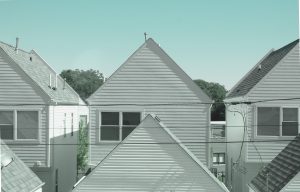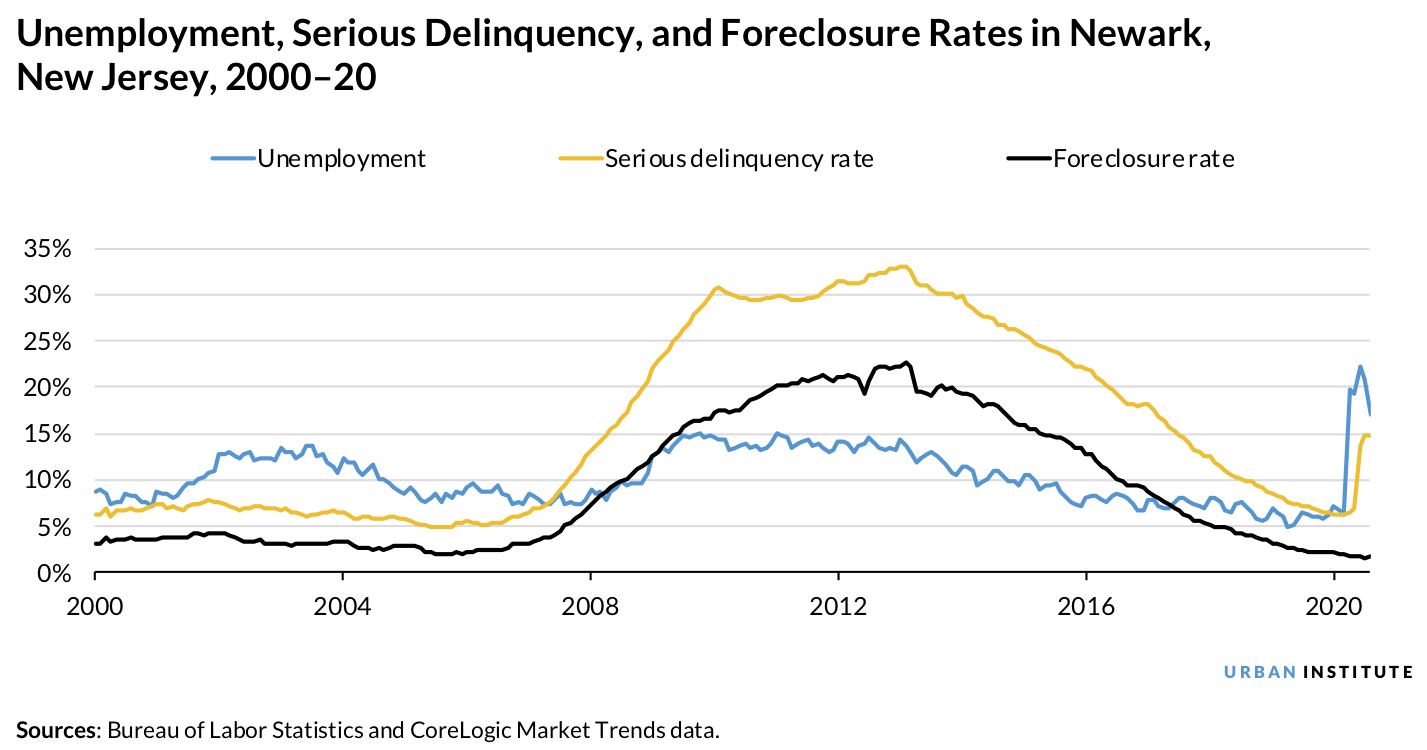 The homeownership gap between minority and White Americans is well established (72% of White households own homes compared with only 42% of Black households and 48% of Hispanic households), and researchers have been exploring ways to remedy that [1] and to overcome barriers to homeownership that have increased alongside a global health crisis.
The homeownership gap between minority and White Americans is well established (72% of White households own homes compared with only 42% of Black households and 48% of Hispanic households), and researchers have been exploring ways to remedy that [1] and to overcome barriers to homeownership that have increased alongside a global health crisis.
A recent study showed that in one city, Newark, New Jersey, a larger percentage of Black and Latinx people own homes than their White counterparts. Those research fellows at the Urban Institute [2] are using Newark as a backdrop against which to examine how the economic recession is affecting homeowners of color.
Like the rest of the country, forbearance and foreclosure moratoriums have helped Newark homeowners remain in their homes and benefit from house price increases.
But at some point, researchers say, the policies and programs keeping distressed homeowners from losing their homes will end.
"And even though recent home price appreciation in Newark has been strong, many borrowers still have negative equity at rates well above the national average," according to the Urban Institute. "Despite strong growth in recent years, the higher-than-average share of homeowners with negative equity reflects the likelihood that median home prices in Newark remain below their housing boom peak."

And homeowners enrolled in forbearance programs are not eligible for mortgage refinancing—another tool that can be especially beneficial to homeowners, especially during a period of still-low interest rates [3].
Authors Neal and Pang gauged the pandemic’s effects on homeownership in Newark, by assessing the city’s unemployment and house price trends, which are two key determinants of mortgage delinquency.
Newark’s unemployment rate during this pandemic-induced recession jumped from 6.2% in March 2020 to 22.3% by June. By the end of the year, Newark’s unemployment rate had fallen to 13.0%, considerably below its peak but more than double its March low. This compares with a national peak of 14.8% and a current level of 6.2% (as of February 2021)."
Newark exemplifies how forbearance has helped Black and Hispanic homeowners avoid the consequences of missed mortgage payments through no fault of their own.
"But the pandemic may have curtailed homeowners’ ability to take advantage of other strategies to maintain their homes," the authors said.
Here are a actions the government and policymakers could take to improve homeowning stability:
- While the national economy recovers and more homeowners exit [4] forbearance, policymakers can clarify refinancing rules. This is a key first step toward locking in low interest rates or accessing housing equity.
- Given continued high unemployment, many borrowers exiting forbearance will be unable to resume their pre-pandemic mortgage payments and will need a modification to stay in their home, and some may not be able to retain their home. Helping homeowners understand their options when they cannot resume making their pre-pandemic payments is critical.
- Giving homeowners with low incomes access to funds for home repairs could help them maintain homeownership in the face of a potentially catastrophic financial event. This could benefit homeowners of color because they are more likely than white homeowners to live in inadequate [5] housing.
"These steps, if taken by policymakers across different levels of government, can help ensure that homeowners, particularly homeowners of color, can maintain homeownership, benefit from rising home values, and perhaps one day pass their home to their children," the researchers noted.